Natan’s Declassified School Survival Guide
January 31, 2020
Preface:
High school is arguably the most important time in a person’s life. If you survive your first 14 or so years, you are rewarded with a real education. We move on from the waiting room we call middle school and start with the real stuff. At our disposal is a myriad of classes, devoted teachers, extracurricular activities, sports, scholarships, endless possibilities. In high school, people transition from adolescence to adulthood; some find their calling, some get married, some go to jail. Performance in high school can determine how the rest of your life goes. If you excel and earn a scholarship to your school of choice, you’re on the straight and narrow path that leads to success. If you flunk and miss out on the coveted diploma, you’re put at an immediate disadvantage and are playing catch up. With so much at stake, the question arises: How do I make it out of high school and thrive in the process?
Class Selection:
The classes you take define your high school experience. One bad pick can take the wind from your sails and leave your GPA in shambles. The first step to picking your classes is introspection. One must look at themselves and identify their strengths, weaknesses, and capabilities. Many believe that they must take every AP or AICE class that is available in every subject due to the 6.0 grade point value seen in the weighted GPA. However, this can be a devastating blow to a high school career and can be detrimental in the long run. This was evident in many students who took AP Human Geography in their freshman year, despite knowing that history may not have been their strong suit. The result for a large amount of these students was a poor grade and a major setback to their GPA right out of the gate. A cause for this decision is the common pressure applied by parents which influences their kids to take classes they are not ready for. One thing with introspection is that the only person who truly knows you is you, so do not let your parents pick your classes for you if they are clearly overestimating your abilities.
Another key factor to class selection is understanding the difference between AICE and AP, as well as the benefits of each. AICE stands for Advanced International Certificate of Education and is a set of rigorous college-level classes for high schoolers. It was developed by the prestigious University of Cambridge in England, and the style of the classes and curriculum is clearly representative of its European location. For one, AICE is a writing dominant program and tests the candidate’s ability to cohesively write responses and argue from multiple perspectives. Each AICE class uniquely covers different subjects while fitting into the larger schema of the AICE diploma. By taking classes from different AICE categories and passing AICE Global Perspectives over a maximum 3-year span, one can earn an AICE diploma, which is essentially a certificate of mastery of the classes offered by Cambridge. This diploma can be key to somebody who struggles with standardized testing as the SAT requirement of the Bright Futures Scholarship, a scholarship that can completely cover tuition, can be replaced with it. Moreover, AICE exams are arguably designed to be easy to pass but hard to excel on. Receiving an A, B, C, D or E are all considered passing, while a U is an “unscorable”, the equivalent of an F in the American grading scale. In terms of college credit, the same is received by a candidate who receives an A and an E, so simply passing is the main goal in AICE classes. One downside is that not every college in America accepts AICE credits, but every public Florida college does, so somebody looking to go in-state should definitely consider these classes.
In contrast, AP classes take a different approach and offer different benefits from AICE. AP stands for advanced placement and is a set of subject exams administered by the College Board, the same people who created the SAT and ACT. AP is accepted in every college in America and is known to be slightly more rigorous than AICE. AP combines multiple choice and free response questions to test the analytical and writing abilities of students. Similarly to AICE, there is an AP diploma which requires students to pass AP Seminar, AP Research, and 4 other AP exams with a score of 3 or higher. The grading scale for AP is 1-5, where 3 is the minimum for passing and 5 is the maximum level. AP emphasizes the importance of not only passing but mastering the material as certain colleges only accept a 4 or 5 for college credit. The benefit of earning the AP diploma is seen in college acceptance. Many colleges see no higher general honor than the AP diploma due to the persistence and intelligence required. For those who are applying to Ivy leagues or high ranking schools and have complete faith in their ability to consistently succeed, the AP Diploma is the best way to stand out from the competition. At the same time, AP classes can award students with core class credits in college. For instance, if a student passes the AP Calculus AB exam, they receive credit for calculus 1 in most colleges. This differs from AICE since many AICE classes only reward students with an elective credit, which is still useful but doesn’t compare to the core class credits that can be received. Despite the differences between AICE and AP, they have one thing in common: They both allow students to get ahead and save money in college, while also serving as the difference between the middle of the pack and the elite in the graduation rankings.
Extracurriculars:
High school not only allows people to discover their professional identity, but it provides an array of clubs and sports which function as taste tests so people can see what they might want to participate in moving forward in life. Participation in extracurriculars is optional but also vital to the highschool experience due to the many benefits they carry. For one, those who hope to go to a prestigious university should expect to take extracurriculars. Contrary to popular belief, the things done outside of class hold as much influence over an applicant’s chances of acceptance as the grades they earn. As college education has become increasingly emphasized and a highschool diploma has become more trivial, competition is at an all-time high. With this competition, getting good grades has become just a piece of the puzzle, and a student’s ability to do as much as possible and still succeed has become a major factor. By participating in a multitude of clubs and sports, a student can prove that they can not only get good grades but have a full schedule and still find the time to excel, as they would have to do in college. The importance of this has been proven time and time again by the students who get the coveted 4.0 GPA, but still get rejected by high ranking colleges like the University of Florida due to the lack of variety in their out of school activities.
With so much riding on performance in high school and with the clear importance of extracurricular activities, one might ask how to go about choosing the club and sport for them and how to get involved. The best way to get a small sample of every club at once is club rush. Club rush is a designated day, usually at the beginning of the school year, where every club sets up shop for about an hour during lunch and puts on an exhibit. Many clubs find creative ways to draw in new members and almost everybody in school ventures around trying to find their place. Certain clubs are more casual and look to gather people with similar interests, while other clubs are academic and work to provoke thought. Although the casual clubs are fun, clubs like National Honor Society and Math Academics Team are extremely important to those looking to make a splash on their college applications. One important thing to note about clubs is how participation and leadership play a huge role. Although it looks good to be a frequent participant at NHS, it looks far better to have a board position or even be President. In the same way, founding a club shows great initiative and can make a difference in the college acceptance process.
Although clubs are essential, sports are also a major part of high school and are necessary for anyone competing to go to a good college. Playing a varsity sport is one of the best ways to separate yourself from other students due to how time-consuming it is. Certain sports practice 5-6 days a week for multiple hours a day. By playing in as many sports as possible, a student’s multi-tasking abilities will be pushed to the limit. Furthermore, sports teams offer leadership positions like being captain and team honors like district championships. By collecting multiple accolades throughout highschool, colleges can see how much time and effort you’ve invested alongside your coursework. Also, it has been proven that physical activity compliments cognitive ability and actually helps people do better in school. By playing school sports, students can get fit mentally and physically, while also exhibiting their ability to juggle all these energy-draining activities at once.
Social Life:
If I’ve learned one thing from high school it’s that the journey we embark on in our freshman year is a marathon, not a sprint. The people we come into high school with are not necessarily the people we will leave with and this reality is important in the way we go about our social life. With this, there are two ends of the social spectrum: Those who think they don’t need any friends and those who think they need to be friends with everybody. Every person fits onto the social spectrum in their own way, and some may be closer to one end than others, but it is important to stay away from the extremities. Going through high school without any friends and not looking to make any is a missed opportunity; friends make the experience enjoyable, help understand class material, and give you support when needed. By having at least one or two people by your side, school becomes more satisfying and this can have tremendous effects on performance. People are usually best at what they enjoy doing and succeed when using intrinsic motivation to push them forward. If you come to school every day with a frown on your face and a pessimistic attitude, chances are it will reflect on your grades accordingly. On the other hand, if you come to class with a smile and winning mentality, school will seem like a breeze.
Conclusion:
Many people say that life is short and that every second needs to be cherished, but high school is shorter. When considering the amount of freedom we have in relation to the amount of responsibility we have, high school is one of the peaks in our life. Many kids dread it and talk about how much they hate every second spent in a classroom, but when looking at the bigger picture, this mentality is unjustified. We get to go to school with a bunch of kids our age, gain knowledge, play sports, grow as people, and have fun. There is no limit to what can be accomplished in high school, whether it be a local impact or a world-changing idea. Every school year is 180 days long, which makes 720 days over a high school career. That number makes high school look like an eternity of homework and tests, but when you walk across the stage and grab that diploma it’ll feel like it went by in the blink of an eye. So don’t waste a day, walk-in every single morning like you own the place, come to every class hungry for whatever will be thrown your way. Any challenge that comes your way, embrace it, because high school is just the tutorial to the game of life and once you complete a tutorial there is no going back.











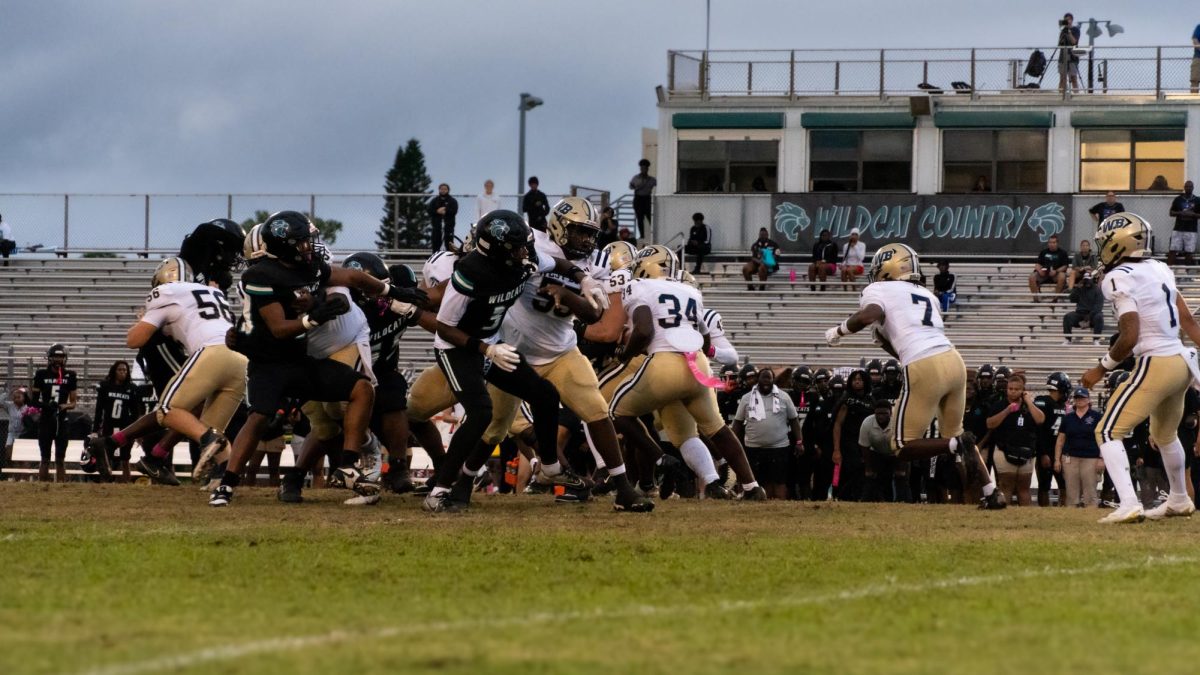
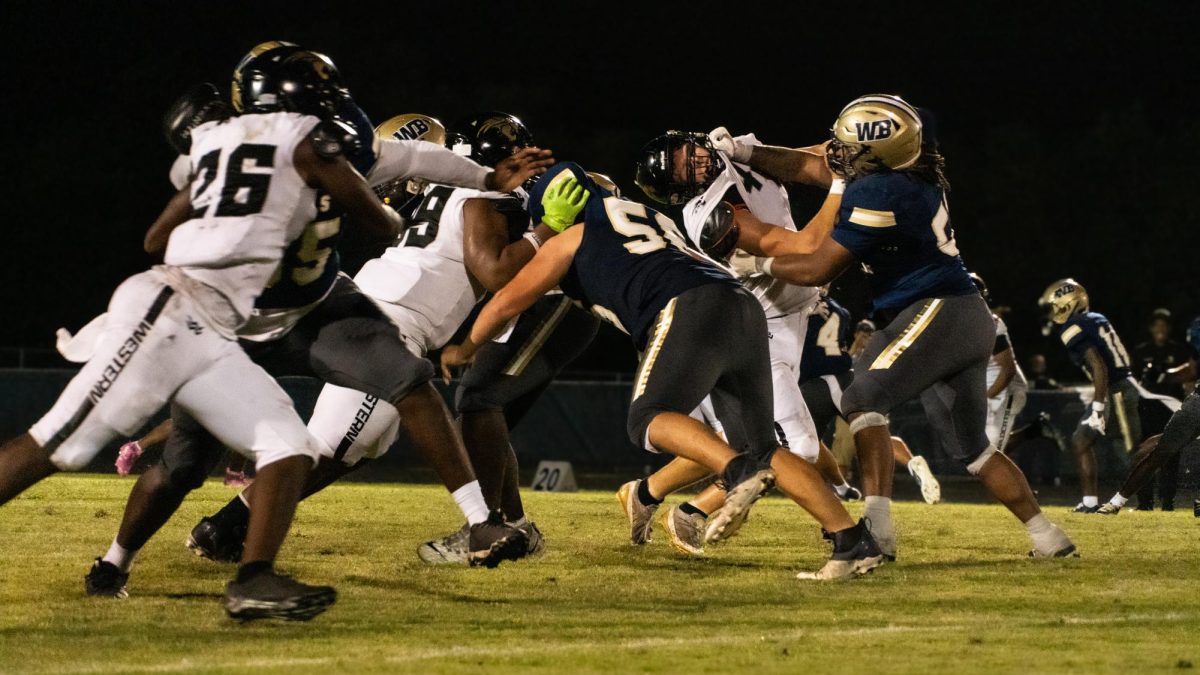

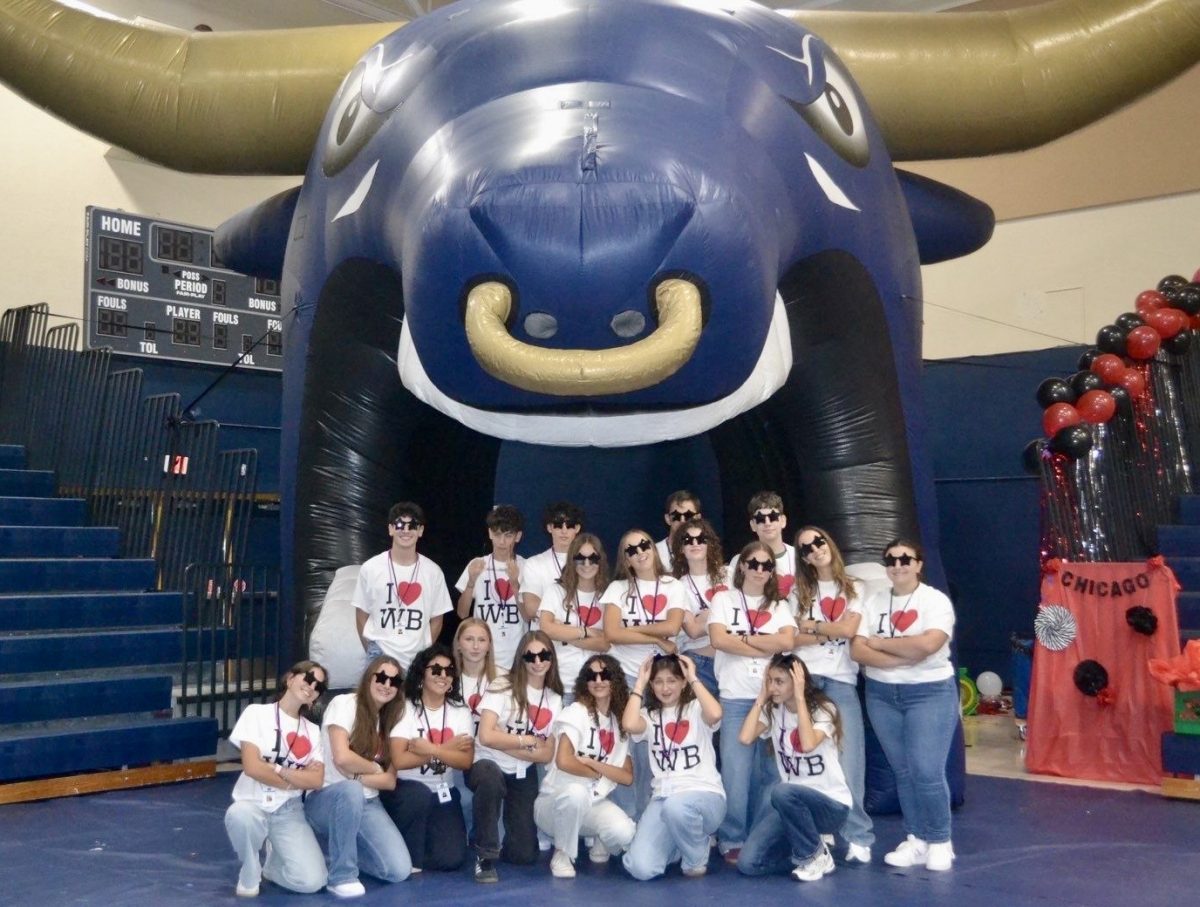
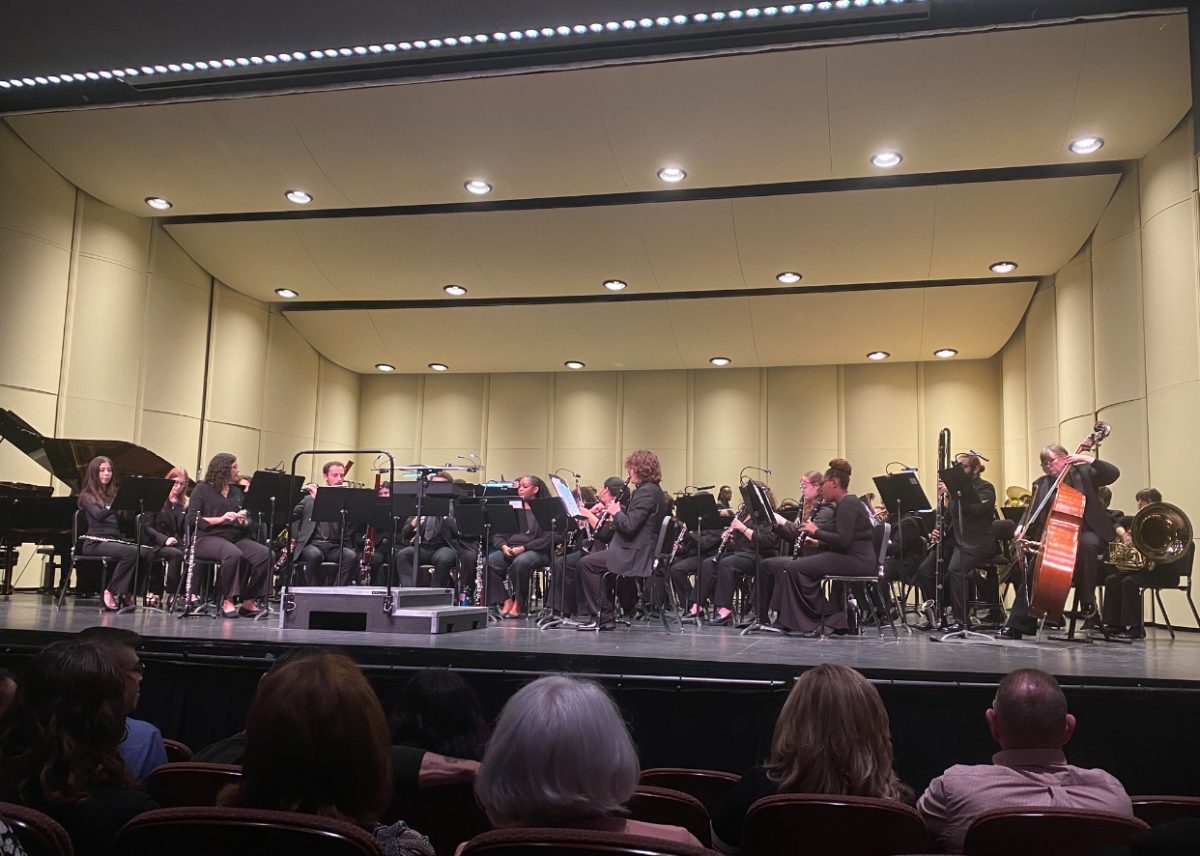





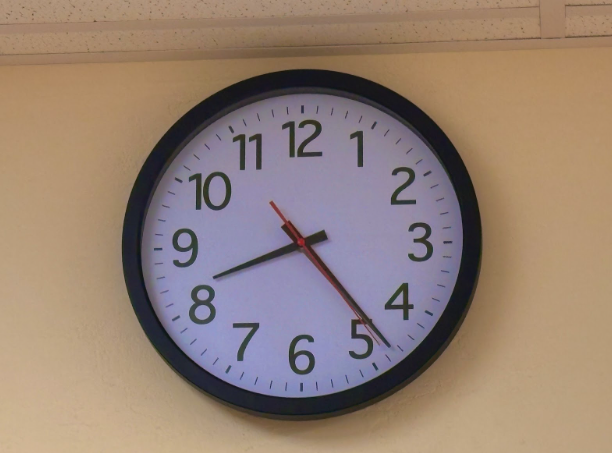











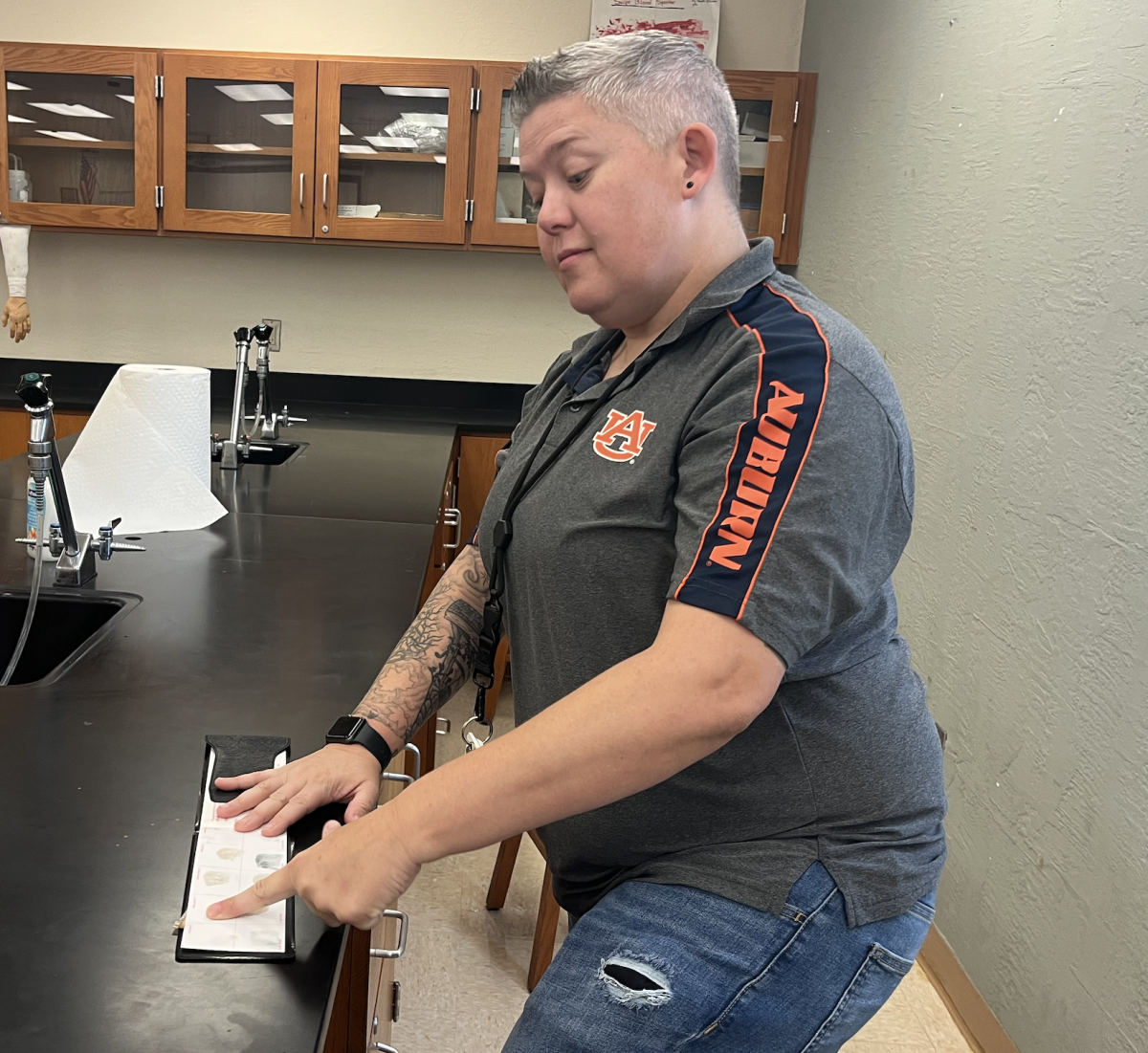


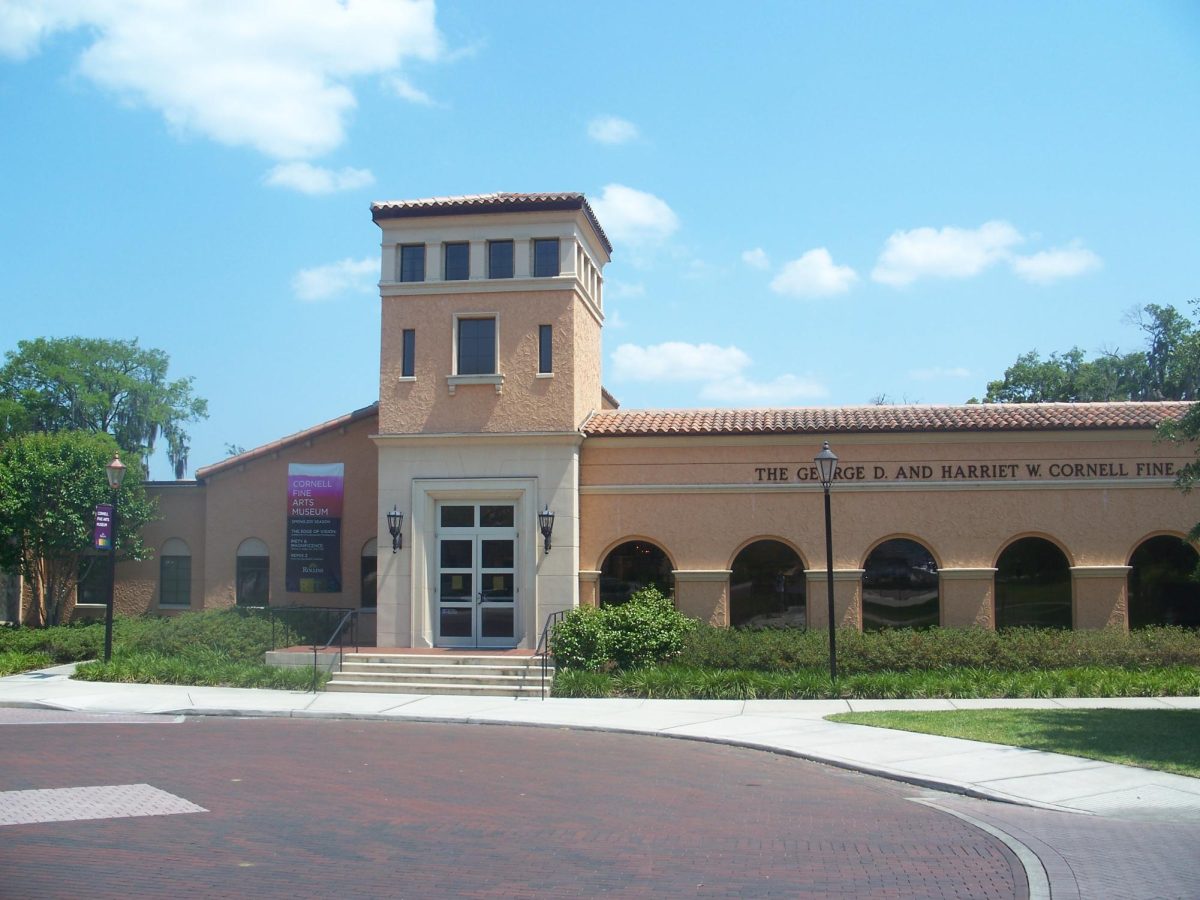





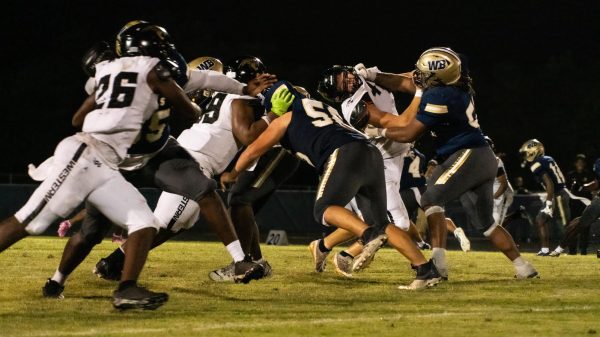
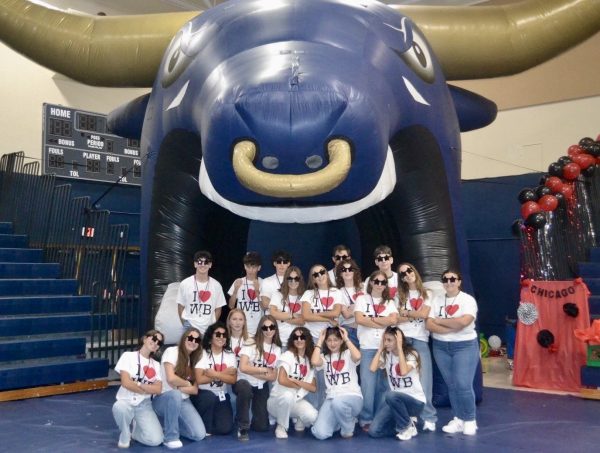
Jordan Drum • Feb 7, 2020 at 7:53 am
This article has inspired me to take on more after school activities.